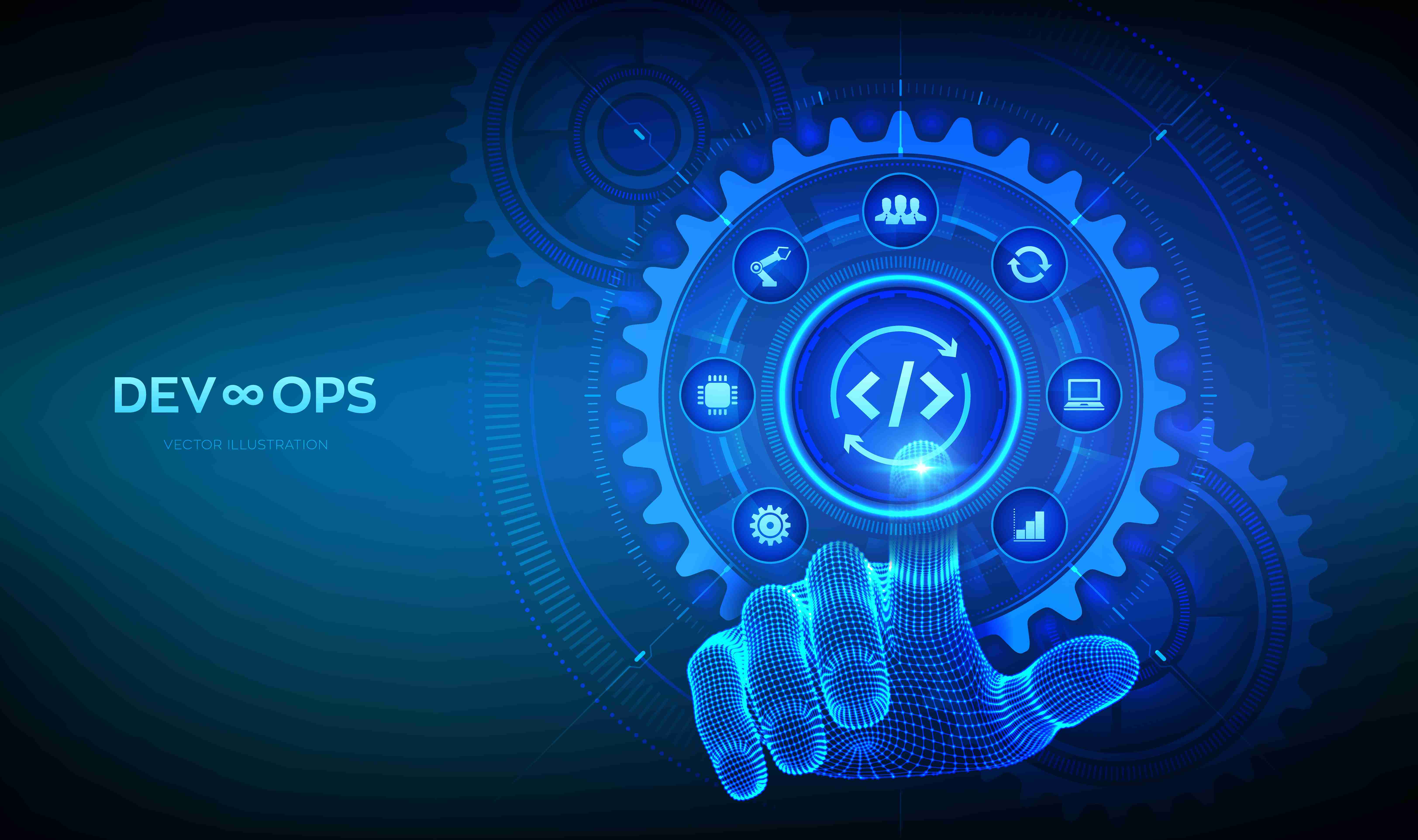
In today’s fast-paced digital world, DevOps has become the backbone of efficient software delivery. However, as teams accelerate their development cycles, security can often be left behind. This is where DevSecOps steps in — embedding security into every stage of the DevOps pipeline, from planning to production.
At Virstack, we believe that successful DevSecOps implementation is not just about adding security tools; it’s about a cultural shift that integrates security thinking into every developer and operations workflow.
In this blog, we’ll explore why security in DevOps is crucial and outline the best practices for effective DevSecOps adoption.
Traditional security methods are no longer sufficient for the dynamic, iterative nature of DevOps. In conventional models, security checks are often done at the end of the software development lifecycle (SDLC), causing delays and higher costs if vulnerabilities are found.
DevSecOps solves this by integrating security from the start, ensuring that issues are identified and remediated early when they are cheaper and easier to fix.
Key reasons why DevSecOps is vital:
Faster Detection of Vulnerabilities: Security is tested continuously, not at the end.
Reduced Risk: Early detection leads to better protection against breaches.
Compliance Readiness: Helps meet regulations like GDPR, HIPAA, and PCI-DSS without slowing down innovation.
Cultural Shift: Security becomes a shared responsibility across teams.
“Shift Left” is a cornerstone principle in DevSecOps. It means integrating security measures early in the development cycle — during design, code writing, and testing phases.
How to implement:
Conduct threat modeling during the planning phase.
Use secure coding practices and code review policies.
Introduce static code analysis to catch vulnerabilities as code is written.
This ensures security is proactive, not reactive.
Manual testing cannot keep pace with DevOps speed. Automation ensures that security checks happen continuously and consistently.
Tools to consider:
Static Application Security Testing (SAST): Analyze source code for vulnerabilities.
Dynamic Application Security Testing (DAST): Test running applications for security gaps.
Software Composition Analysis (SCA): Identify vulnerabilities in open-source components.
Automated tests should be integrated into the CI/CD pipelines for real-time feedback.
A secure CI/CD pipeline ensures that every build, integration, and deployment passes through rigorous security validations.
Secure your pipelines by:
Scanning dependencies before builds.
Validating container images for vulnerabilities.
Implementing secrets management: Never hard-code passwords or keys. Use tools like HashiCorp Vault or AWS Secrets Manager.
Every stage in the CI/CD pipeline should be treated as an opportunity to enforce security policies.
Most modern DevOps pipelines heavily rely on containers and cloud-native architectures. These technologies come with their own security considerations.
Best practices:
Use minimal base images for containers.
Regularly patch and update container images.
Enforce role-based access control (RBAC) in cloud environments.
Apply network segmentation and zero-trust principles.
At Virstack, we advocate building security directly into Kubernetes clusters, container registries, and cloud infrastructures.
Security doesn’t end after deployment. Monitoring live environments is crucial for identifying anomalies and breaches.
Key steps:
Implement SIEM (Security Information and Event Management) solutions.
Use runtime application self-protection (RASP).
Have a robust incident response plan that the entire DevOps team is trained on.
Proactive monitoring and quick reaction times help minimize the impact of security incidents.
Technology alone cannot secure your DevOps processes — your people play a critical role. Building a security-first culture ensures that every team member, from developers to operations, prioritizes security.
Ways to build the culture:
Conduct regular security training and awareness sessions.
Celebrate finding and fixing vulnerabilities early.
Include security as a key metric in team performance evaluations.
Making security a shared responsibility creates more robust and resilient DevOps workflows.
| Challenge | Solution |
|---|---|
| Resistance to change | Start small with pilot projects and demonstrate benefits. |
| Tool sprawl | Consolidate security tools and ensure they integrate well into DevOps pipelines. |
| Lack of expertise | Invest in training and consider partnerships with DevSecOps specialists like Virstack. |
| Complexity in cloud-native environments | Standardize configurations and use managed security services where possible. |
In the age of cyber threats, integrating security into your DevOps practices isn’t just smart — it’s necessary.
By adopting the best practices outlined above, organizations can release secure, high-quality software at speed and scale.
At Virstack, we specialize in helping businesses build secure DevOps ecosystems. Whether you’re just starting your DevSecOps journey or looking to optimize existing processes, our team is ready to assist with cutting-edge tools, training, and tailored solutions.
Ready to secure your DevOps pipeline?
Contact Virstack today and let’s build a safer future together.